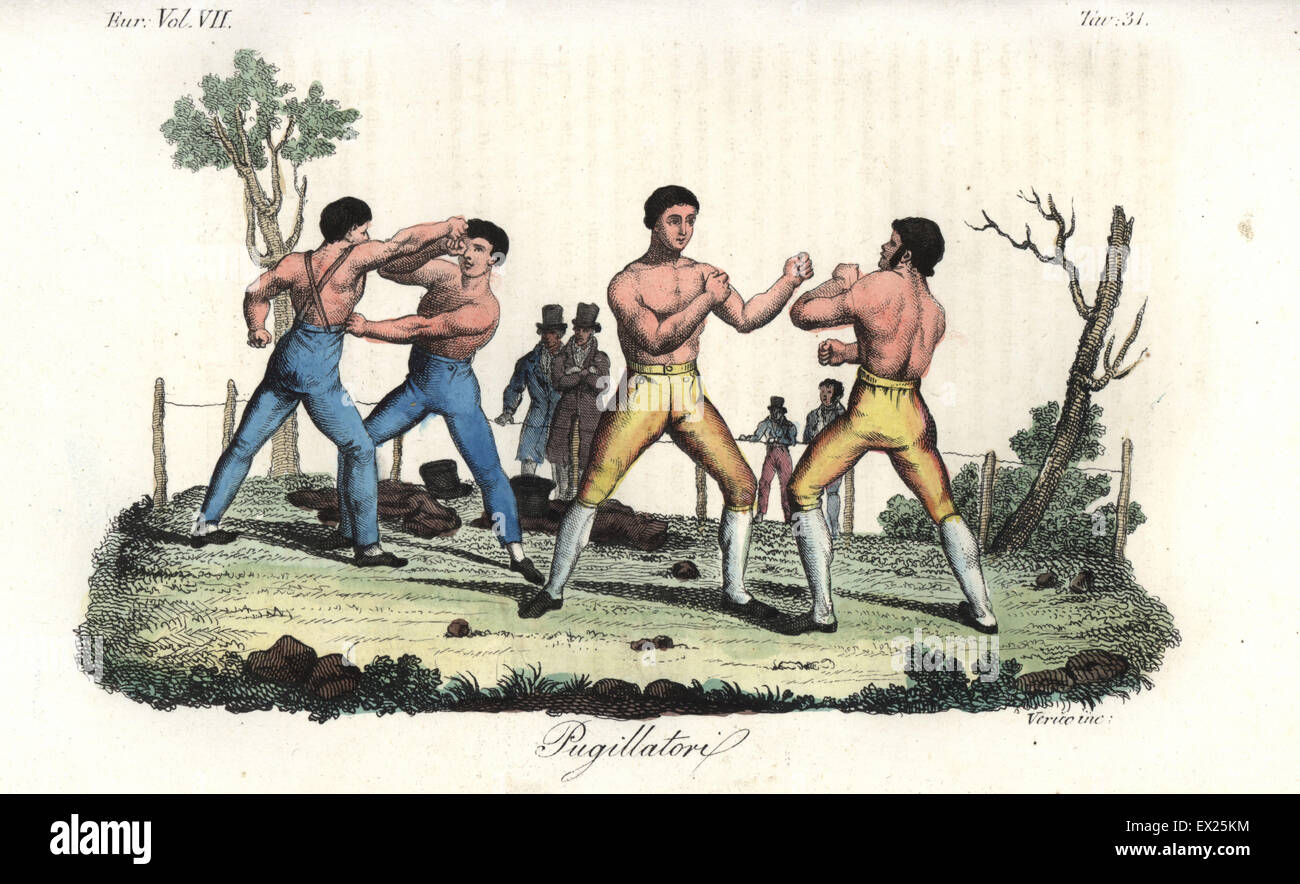Yes, the Kuit I first learned was from Jui Wan and Moy Yat and they are for the most part the same for all other Yip Man students with a few variations. The Kwai family Kuit are both more in number and more expansive.
hunschuld, here is what I found online, perhaps you can elaborate a little on how each kuit is interpreted:
"Lo Kwai System overview
Technical overview: Some of our kuen kuit and yiu jee for you. As the opponent comes receive ;if he goes escort;if contact is lost move forward;use soft to overcame hard; hard and soft combine as needed; stillness to overcome movement; footwork is to be quick and nimble( teng nuo yee shun shuok); body angle must be changed quickly;hands and feet defend as needed;
Our kuen kuit are also read in relation to others as well as alone. For example, attack the center control the center destroy the center, refers to attcking the centerline but also is about attcking the center of gravity of the opponent joining to and controlling the center of gravity.
Then we use 18 energies. tao=spit,tun=swallow,fao=raise,chum=sink , mo=touch dong=swing,na =adhere,kum=grasp,lao=leak,tong=press,biu=thrust,zhan=vibrate, huai=spiral,juan=roll,shuai=throw,zhi=straight,dap=join,jui=follow.
Yee Jee Kan Yong Ma is the basic stance. The knees are relaxed. We do not clamp. Breathing is very important and leads to a bounce or a spring in the stance.
The wood man form teaches many concepts such s short power,and how to use the waist ,hips and legs. the sections also teach different concepts. Many re concerned with moving from the inside gates to the outside ,moving from outside to inside. Making the bridge on the outside,making the bridge on the inside.
Also we focus on heaven ,man ,earth or high, mid, low. The dummy and weapons tech how to move from high to low to mid both from outside to inside and inside to outside. We also have methods to fight from the low or earth. this for when you are thrown or swept . The methods deal with bringing the opponent down to the ground or how to get up from the ground.
We use a 9 gate method 3 gates inside the opponents arms and 6 outside the opponents arms. We have no blocks but train covering our exposed gates as we move and how to cover gates based on how the opponent moves.
Our system is made up of the 4 forms SNT,CK, BJ and BGK, the wooden man form, the pole form and the knife form.We have several tests you must pass before you can be said to have completed the training. For example with the knives you must be able to absorb the full force of an attack with a kwan dao without moving or losing your stance or structure. This is to show you have learned how to absorb and direct force into the ground.You must be able to demonstrate the short issuing ging with you arm fully outstretched and palm flat on the target. the arm may not bend and the palm may not move as you issue energy."

